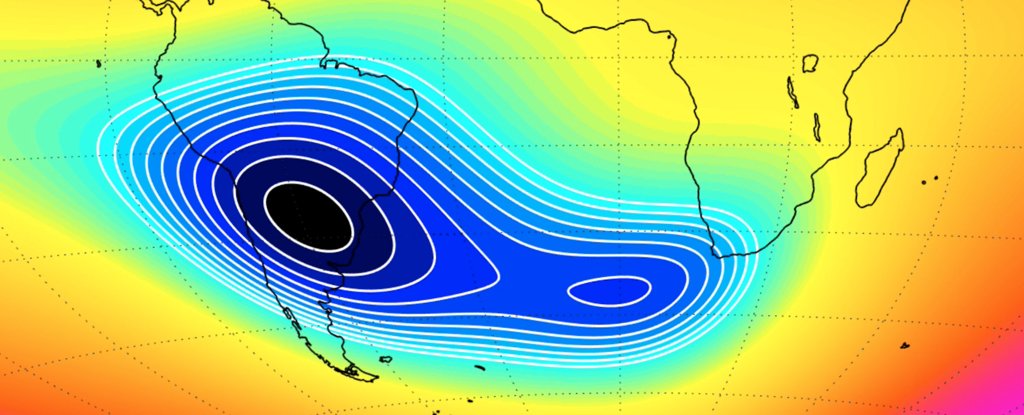


As a spacecraft traverses this region, it experiences an increase of ionizing radiation by several orders of magnitude due mainly to trapped energetic protons from the inner Van Allen radiation belt. Discussion of the models’ capabilities and limitations with regard to LEO CubeSat design is presented.Įxtremely harsh operating conditions exist for spacecraft, especially CubeSats, in low Earth orbits (LEO) due to the space radiation environment present in the South Atlantic Anomaly (SAA) region. These models introduce databased statistical constraints on the uncertainties from measurements and climatological variability. The models, AE9, AP9, and SPM for energetic electrons, energetic protons and space plasma, were developed for use in space system design. Examination of the SAA using both data from the Defense Meteorological Satellite Program (DMSP) and a new set of models for the flux of particles is presented. CubeSats, spacecraft built around 10 x 10 x 10 cm cubes, are even more susceptible to SEUs and SELs due to the use of commercial off-the-shelf components for electronics and payload instrumentation. The SAA exposes spacecraft in LEO to high dose of ionizing radiation as well as higher than normal rates of Single Event Upsets (SEU) and Single Event Latch-ups (SEL). m^2 ) is not so low when compared with recent paleomagnetic data for the Holocene (last 12ka) and for the entire Brunhes geomagnetic normal polarity (last ∼0.8Ma), although the rate of decay is similar to that given by previous documented geomagnetic reversals or excursions.Effects of the South Atlantic Anomaly (SAA) on spacecraft in low Earth orbit (LEO) are well known and documented.However, the current value of the dipolar moment (7.7 10^22 A The presence of the reversal patches at the CMB seems to be characteristic during the preparation phase of a geomagnetic transition.
#South atlantic anomaly Patch#
In addition, we demonstrate that the quadrupole field mainly controls this reversal patch along with the rapid decay of the dipolar field. Our results reveal that one of the reversed polarity patch located at the CMB under the South Atlantic Ocean is growing with a pronounced rate of −2.54♱05 nT per century and with western drift.

In this paper we carry out a detailed study about this issue using the most recent models that also include data from the last ESA mission Swarm. Several studies associate this anomaly as an indicator of an upcoming geomagnetic transition, such an excursion or reversal. Its extent area at the Earth’s surface is continuously growing since the intensity instrumental measurements are available covering part of the Southern Hemisphere and centered in South America. The South Atlantic Anomaly is nowadays one of the most important features of the Earth’s magnetic field.

The South Atlantic Anomaly: The Key for a Possible Geomagnetic Reversal


 0 kommentar(er)
0 kommentar(er)
